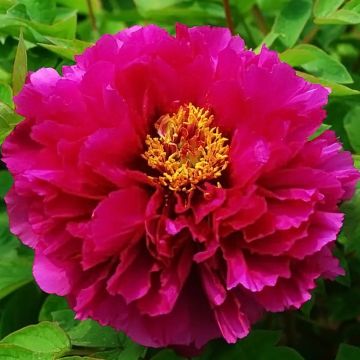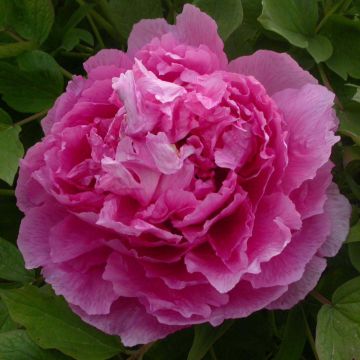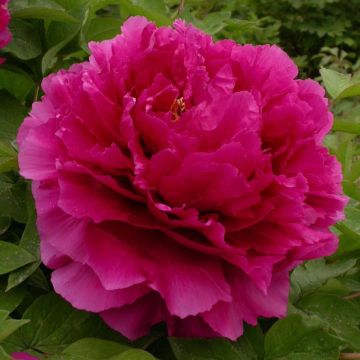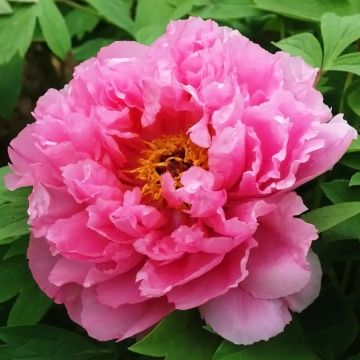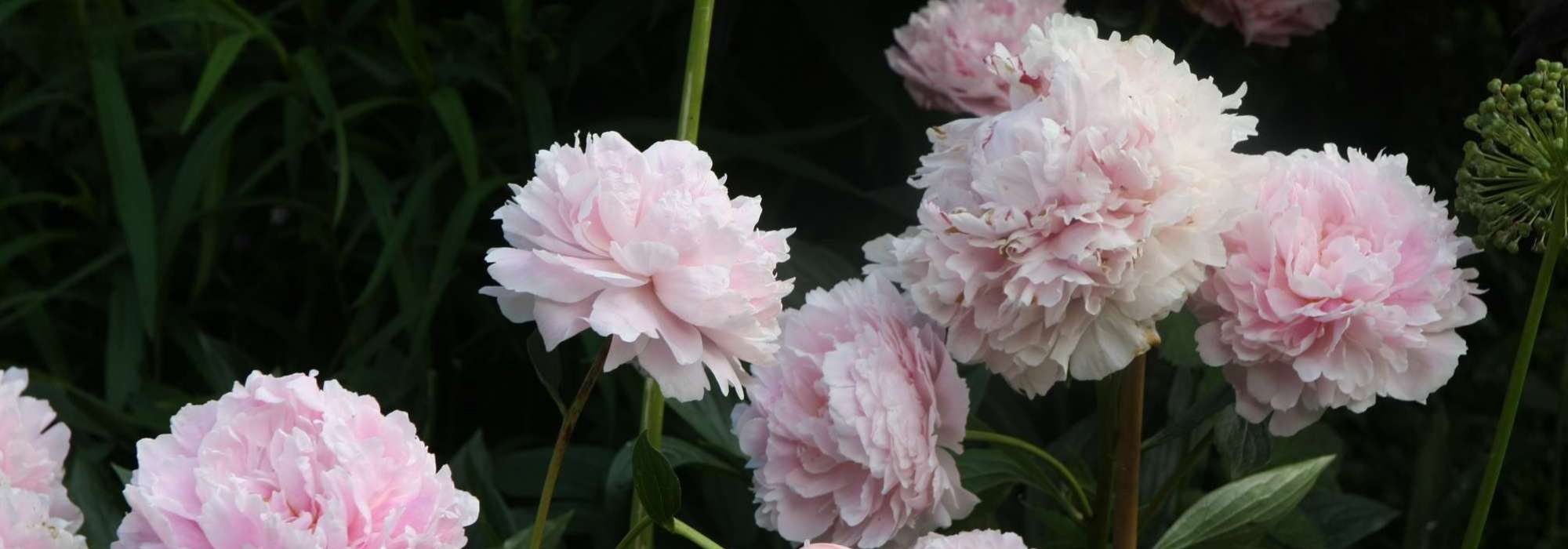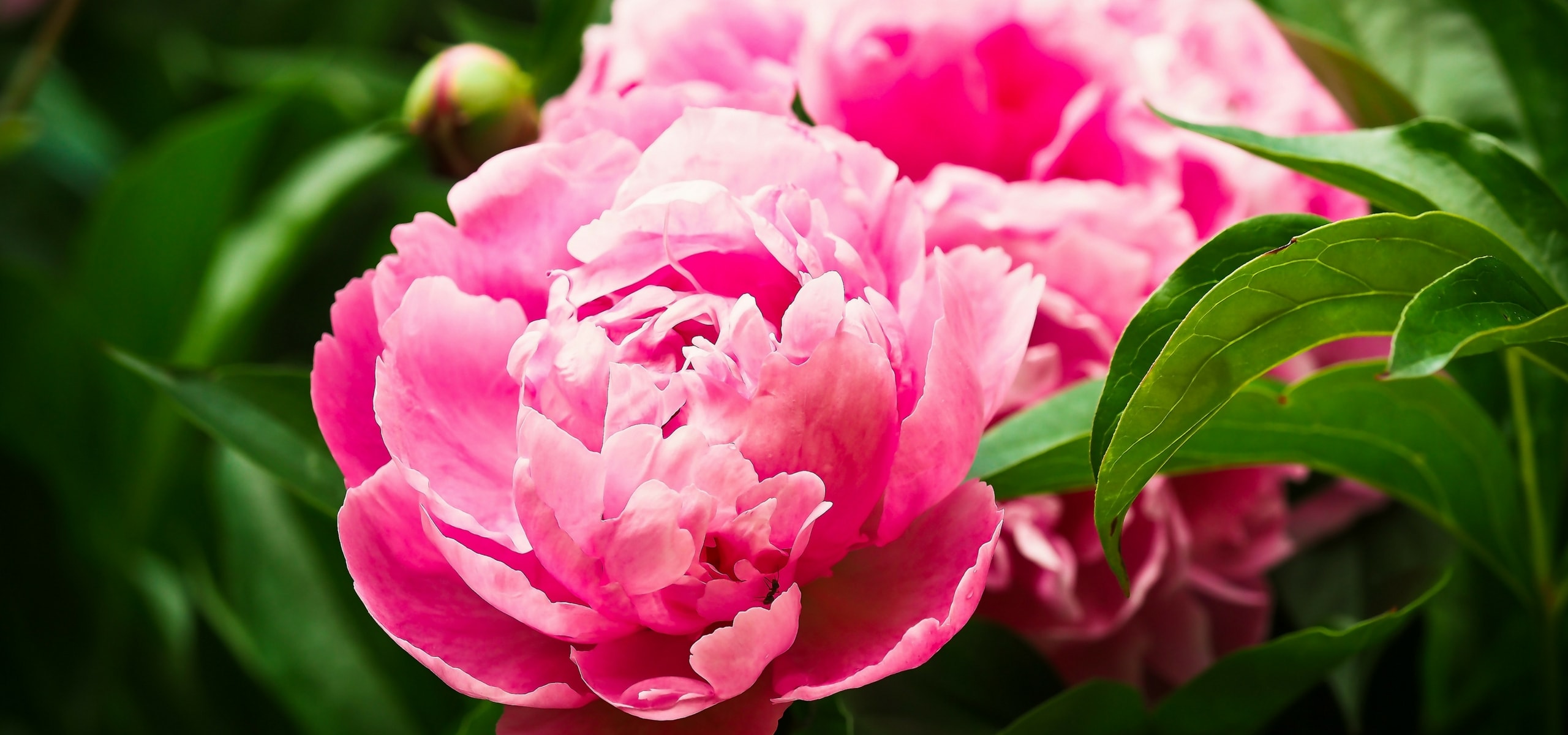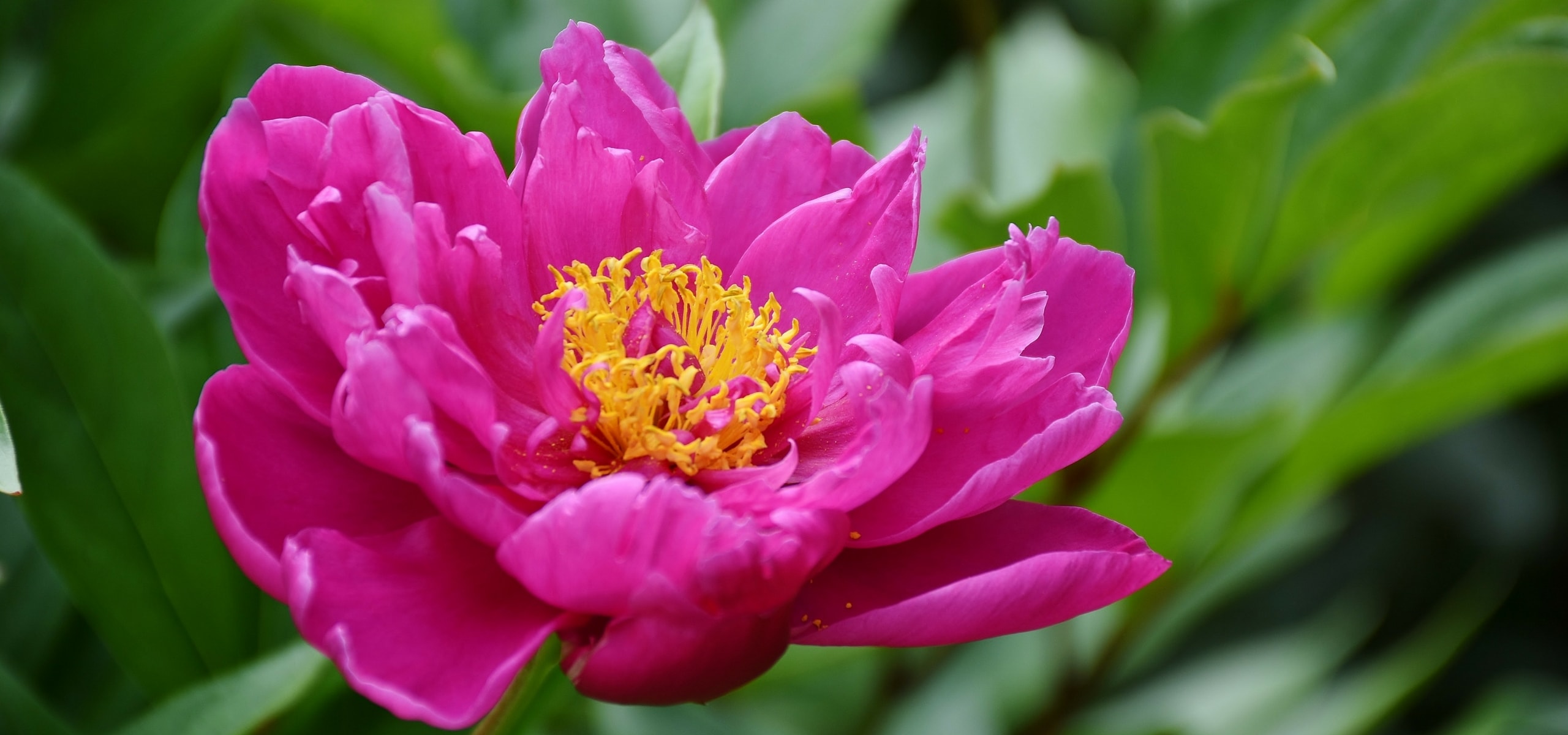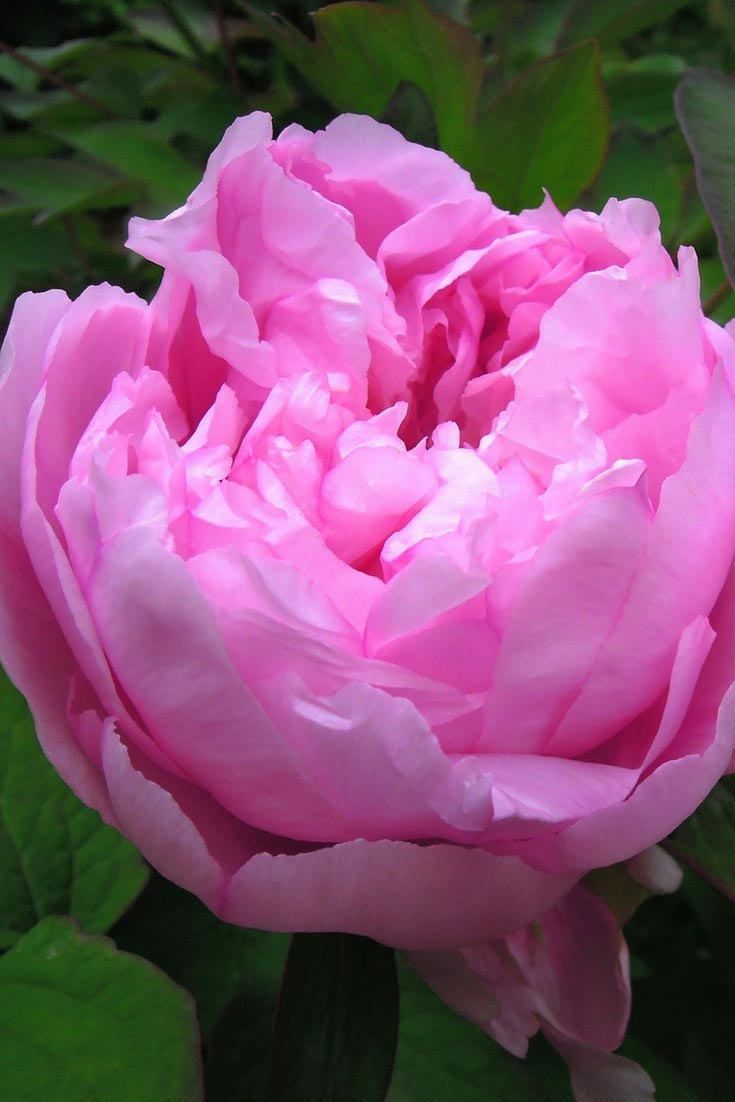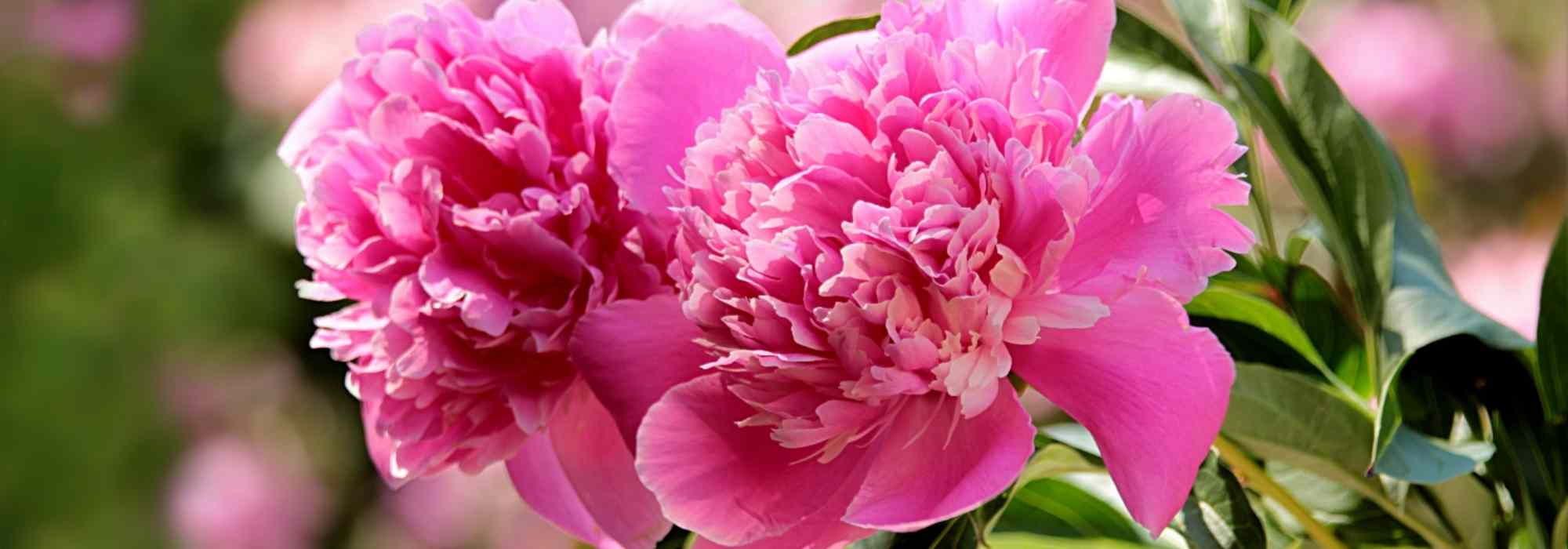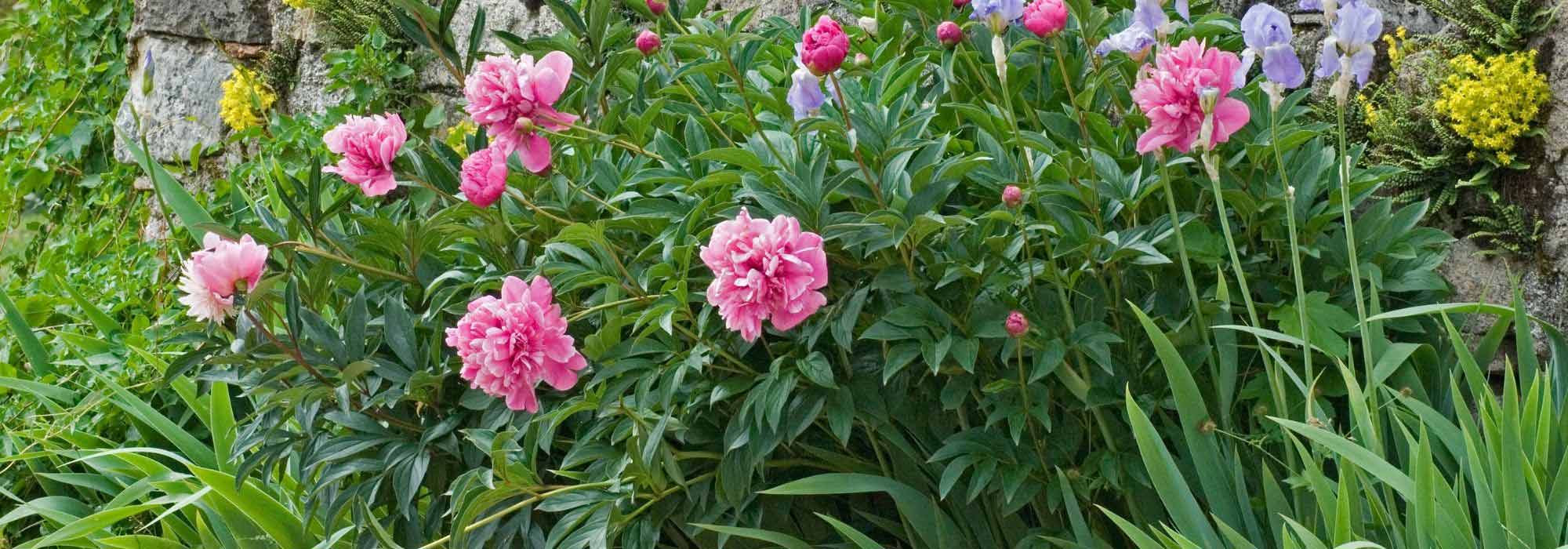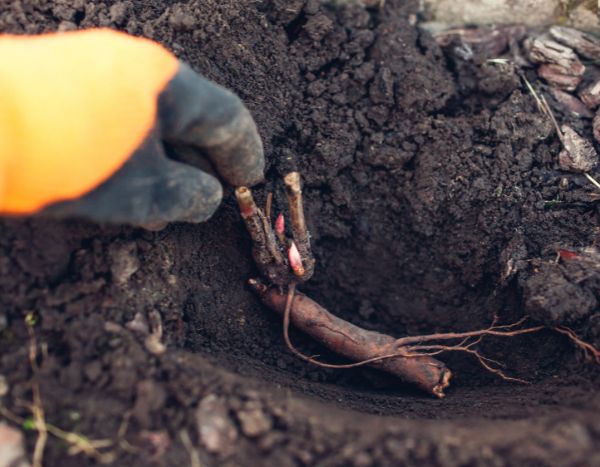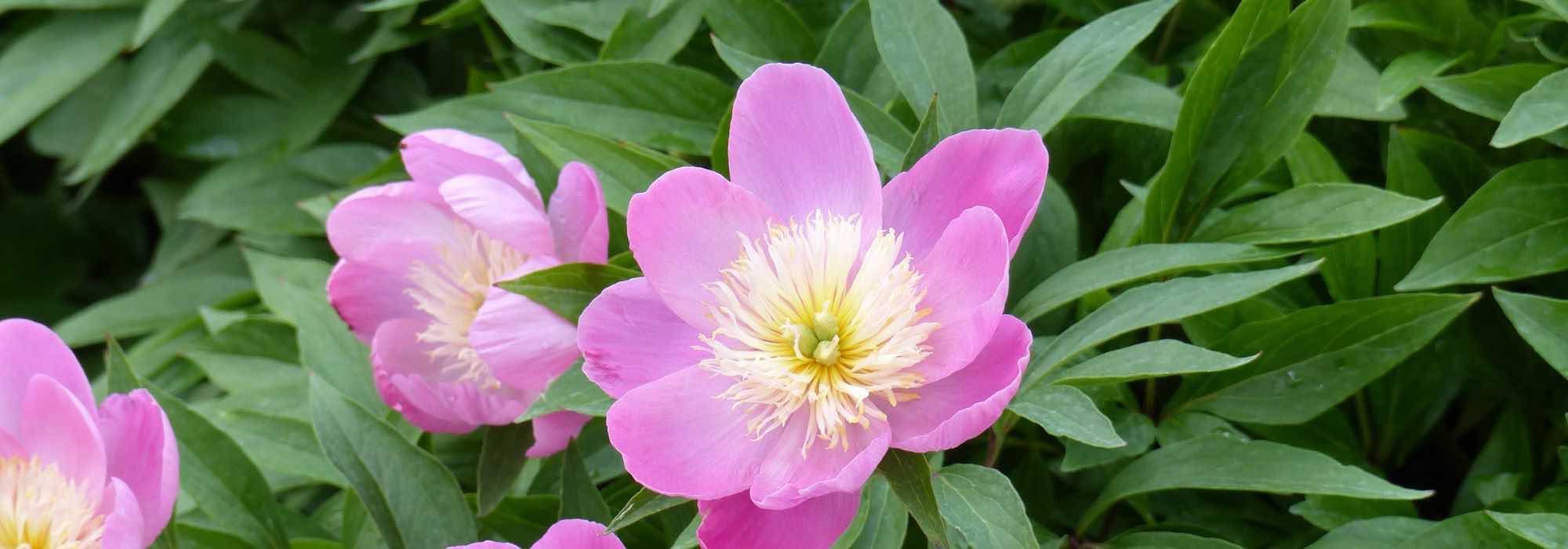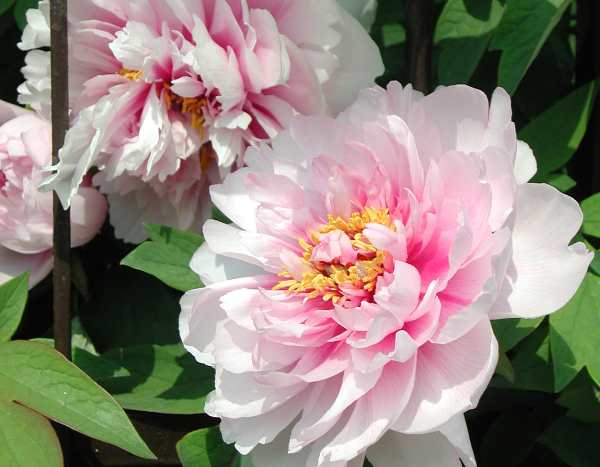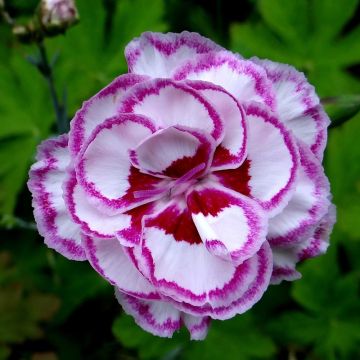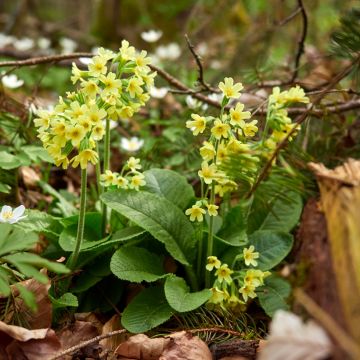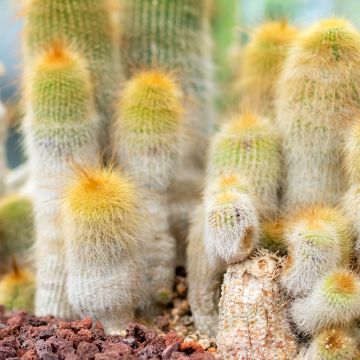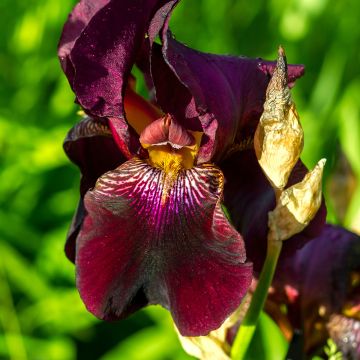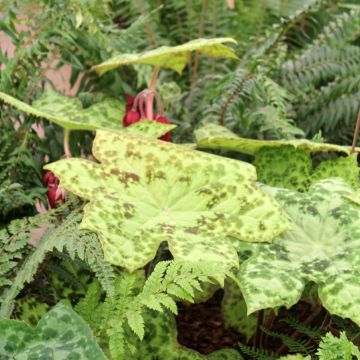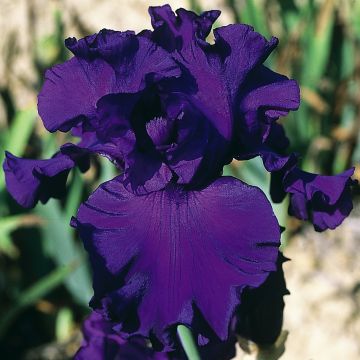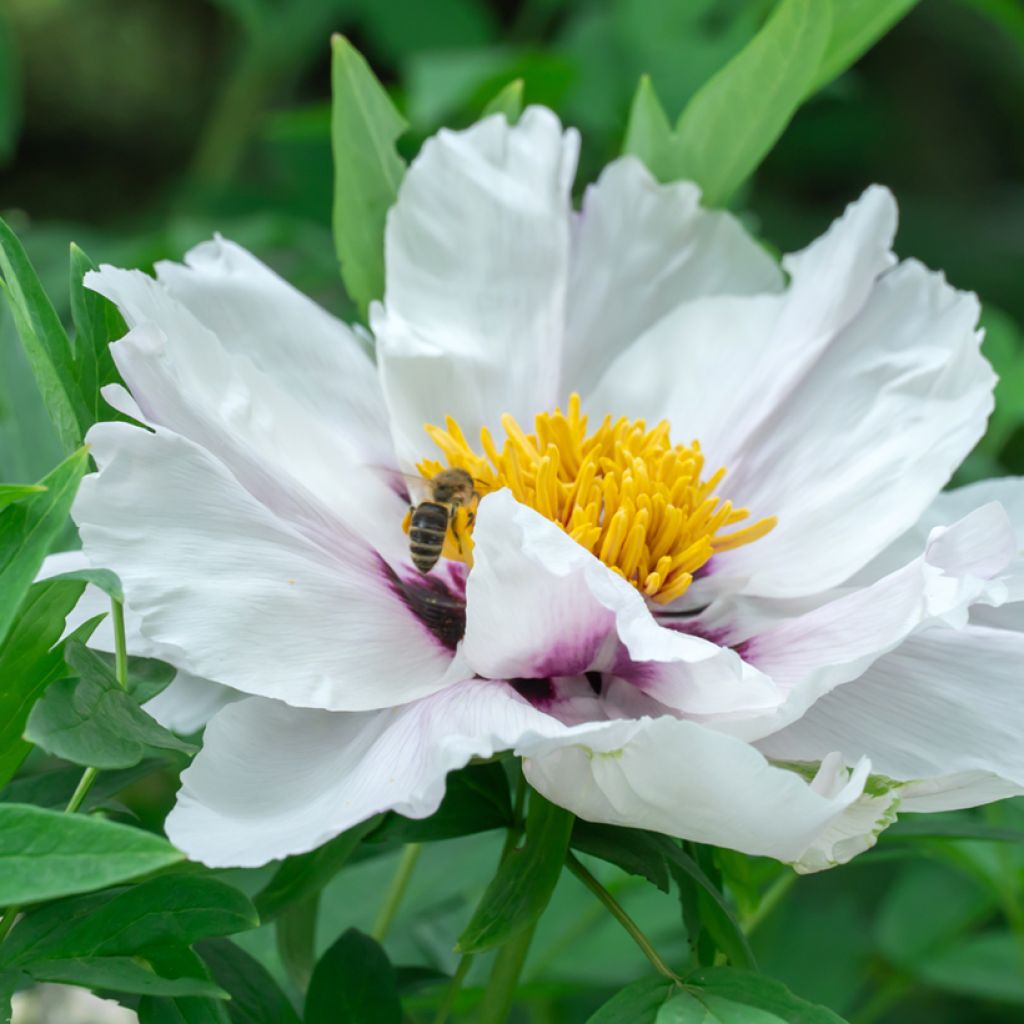

Paeonia ostii Feng Dan Bai - Tree Peony
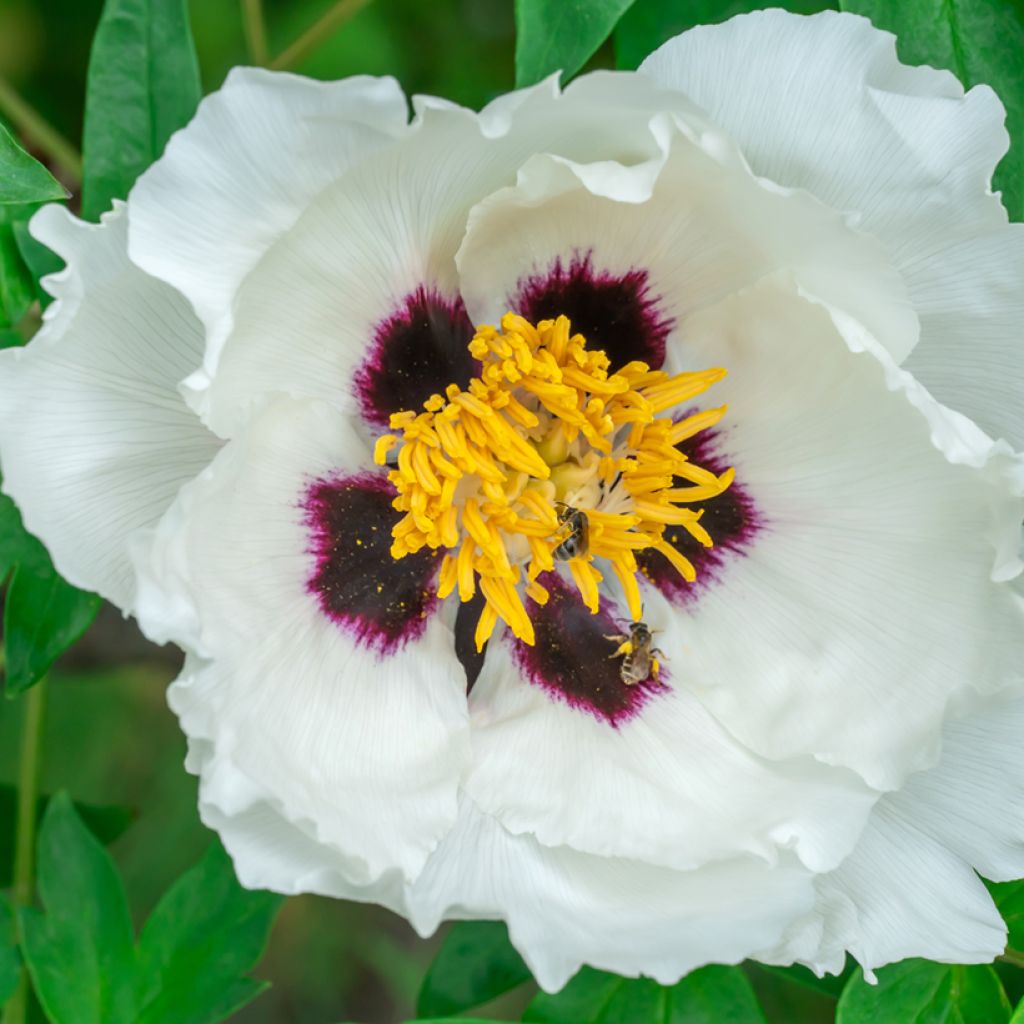

Paeonia ostii Feng Dan Bai - Tree Peony
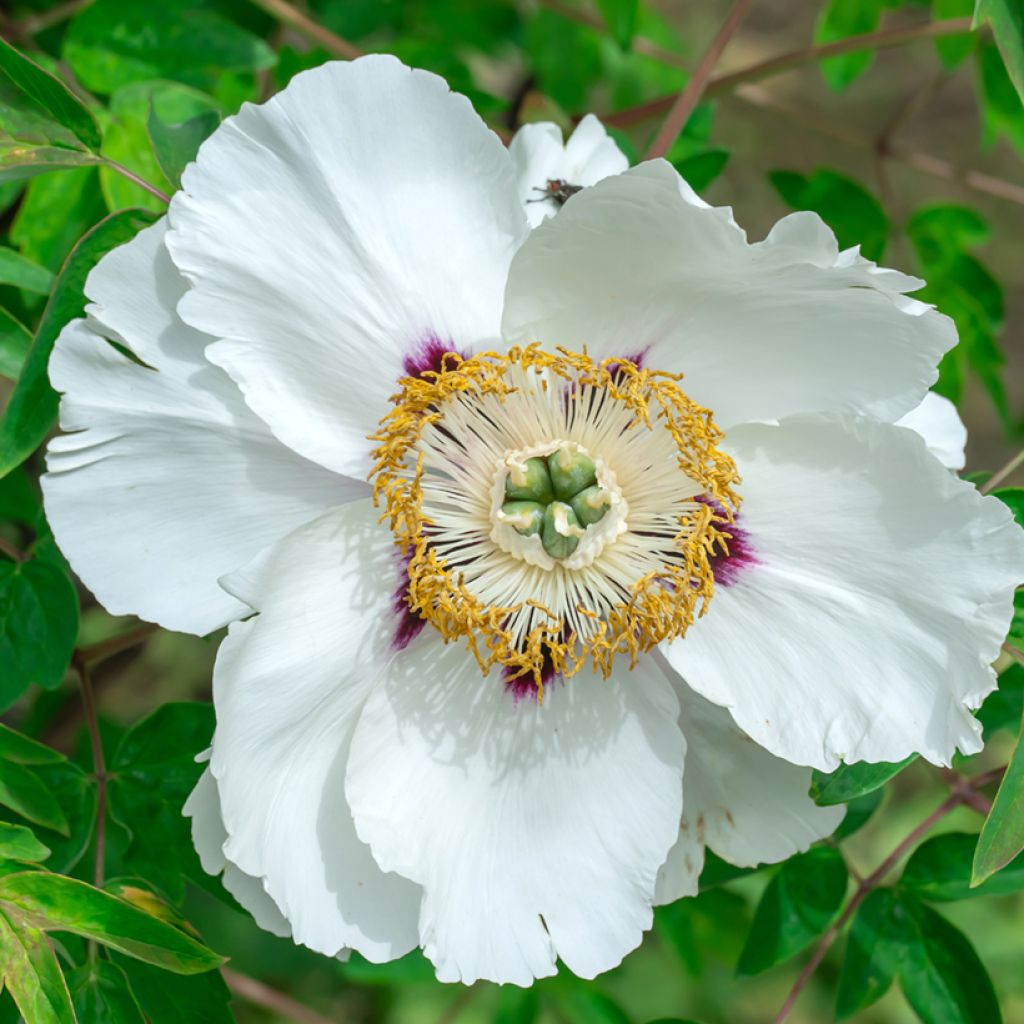

Paeonia ostii Feng Dan Bai - Tree Peony
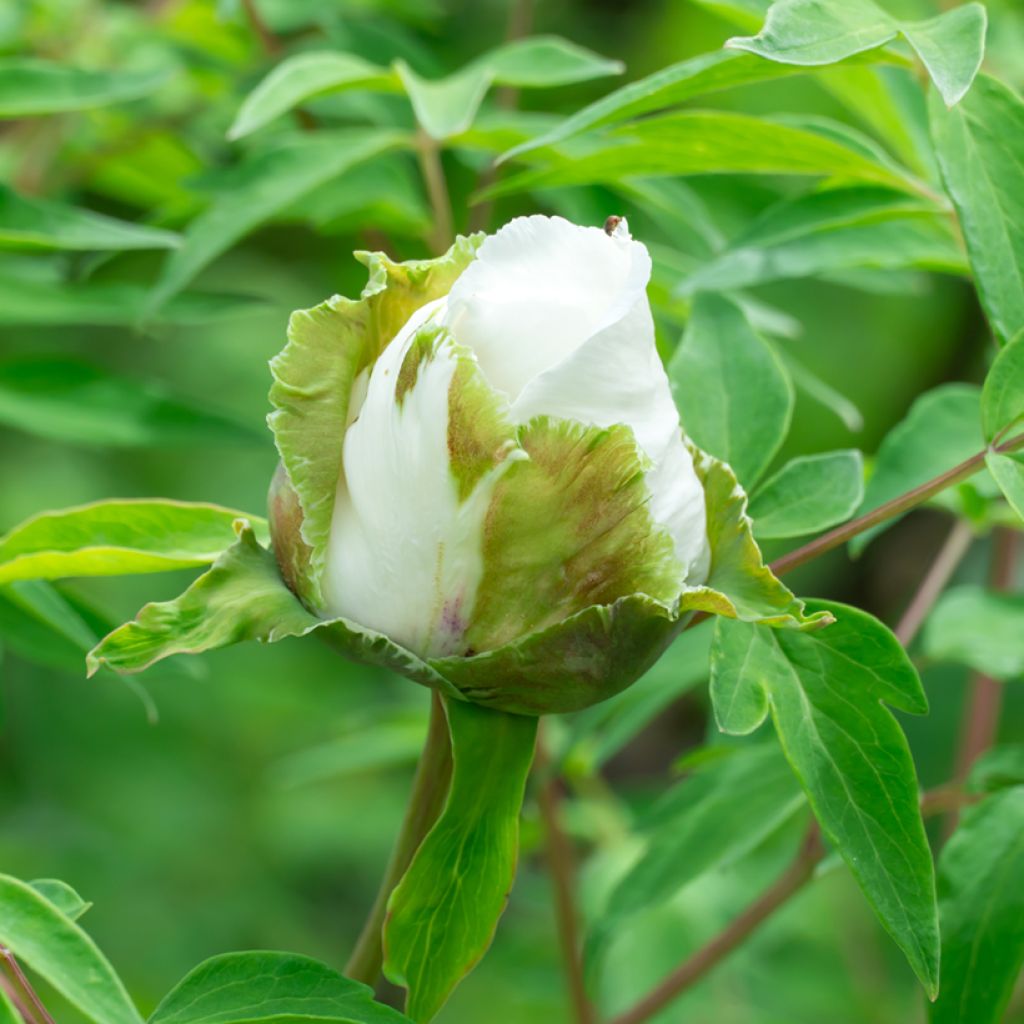

Paeonia ostii Feng Dan Bai - Tree Peony
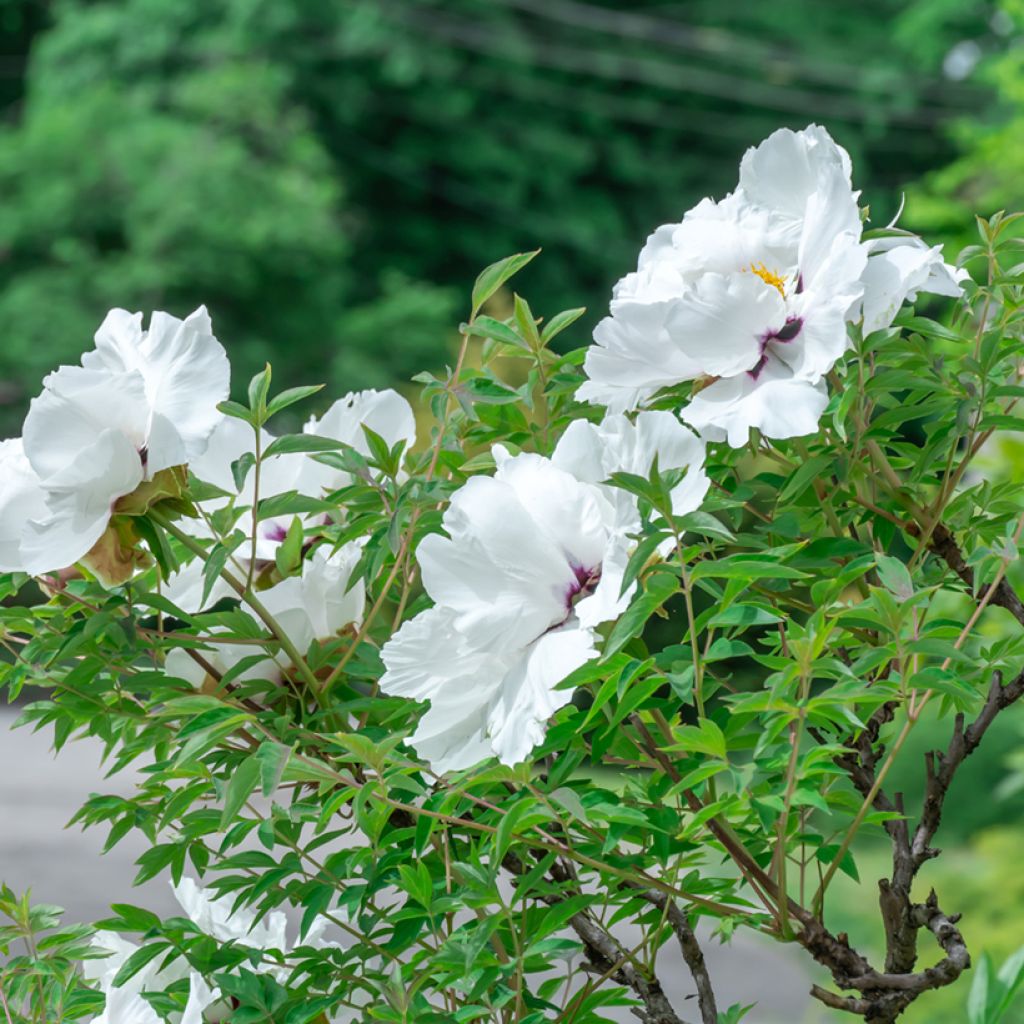

Paeonia ostii Feng Dan Bai - Tree Peony
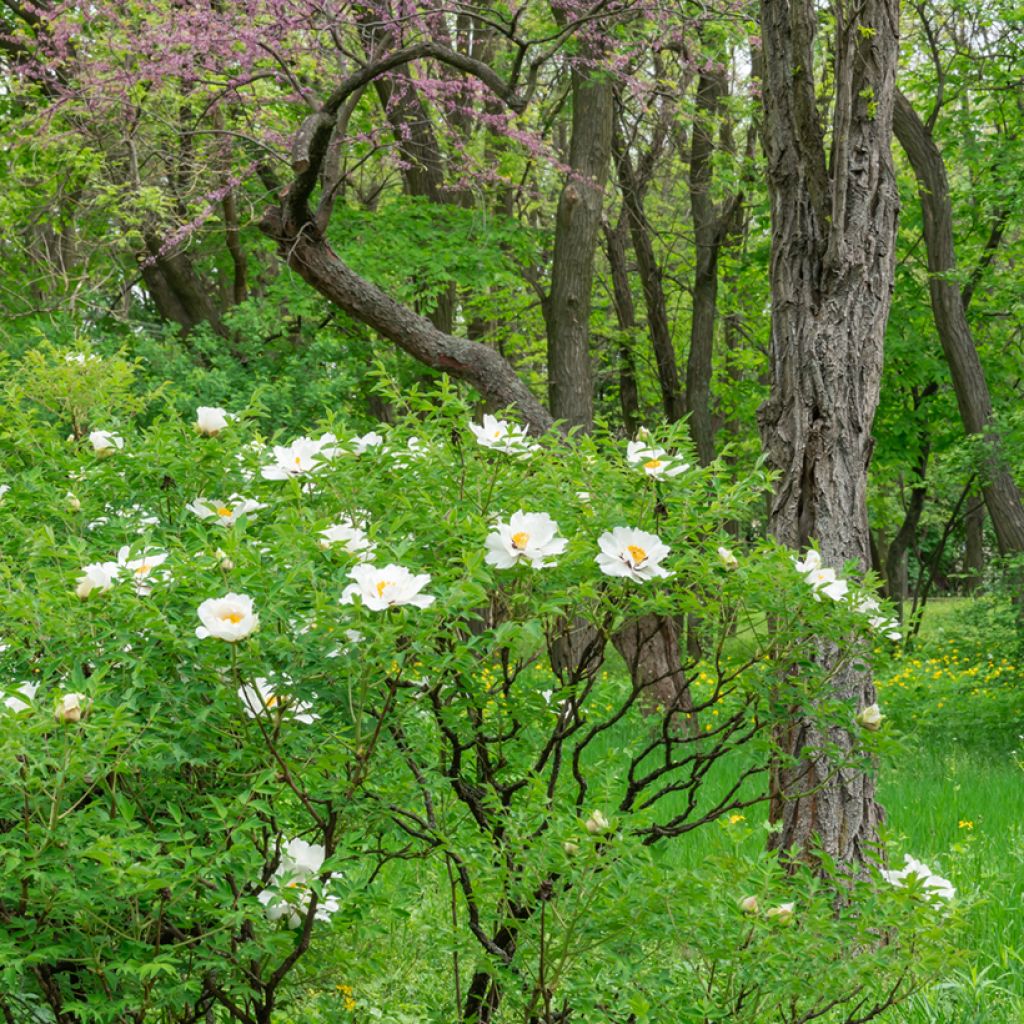

Paeonia ostii Feng Dan Bai - Tree Peony
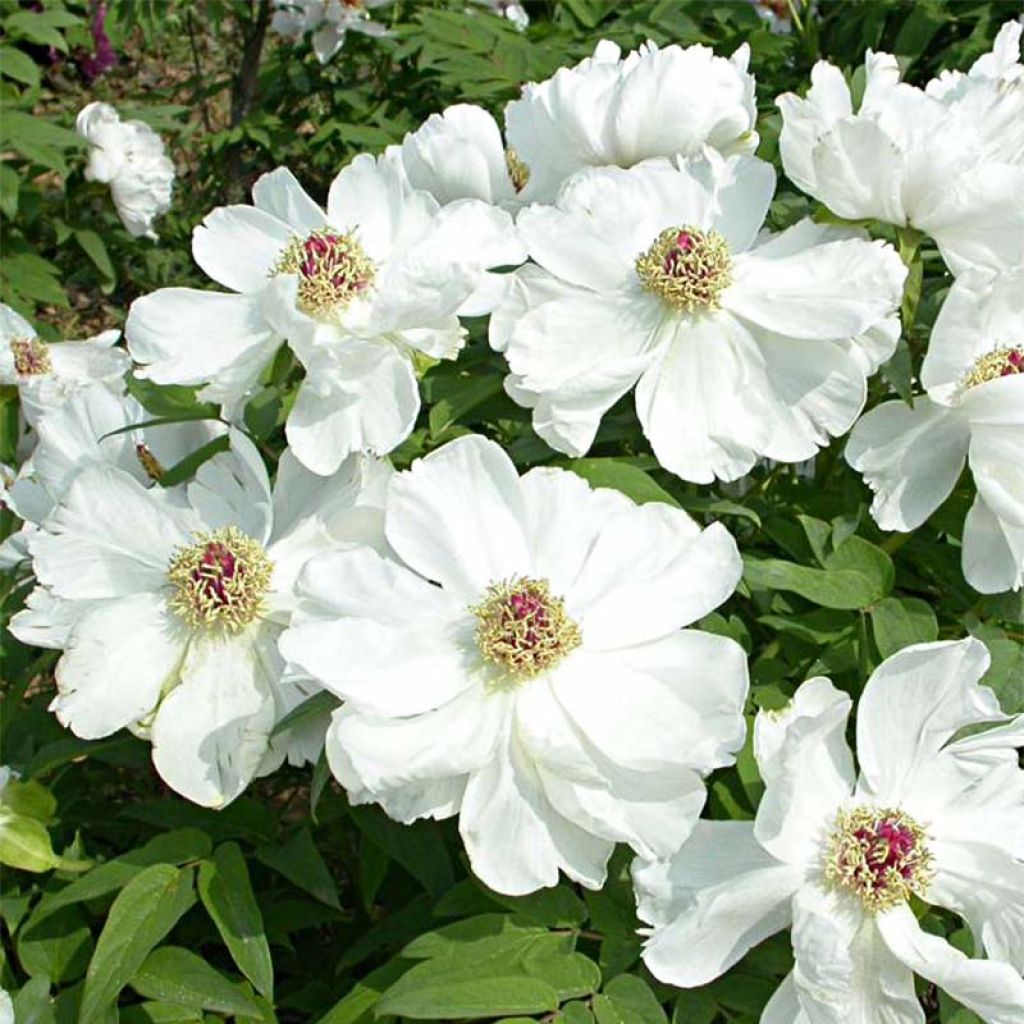

Paeonia ostii Feng Dan Bai - Tree Peony
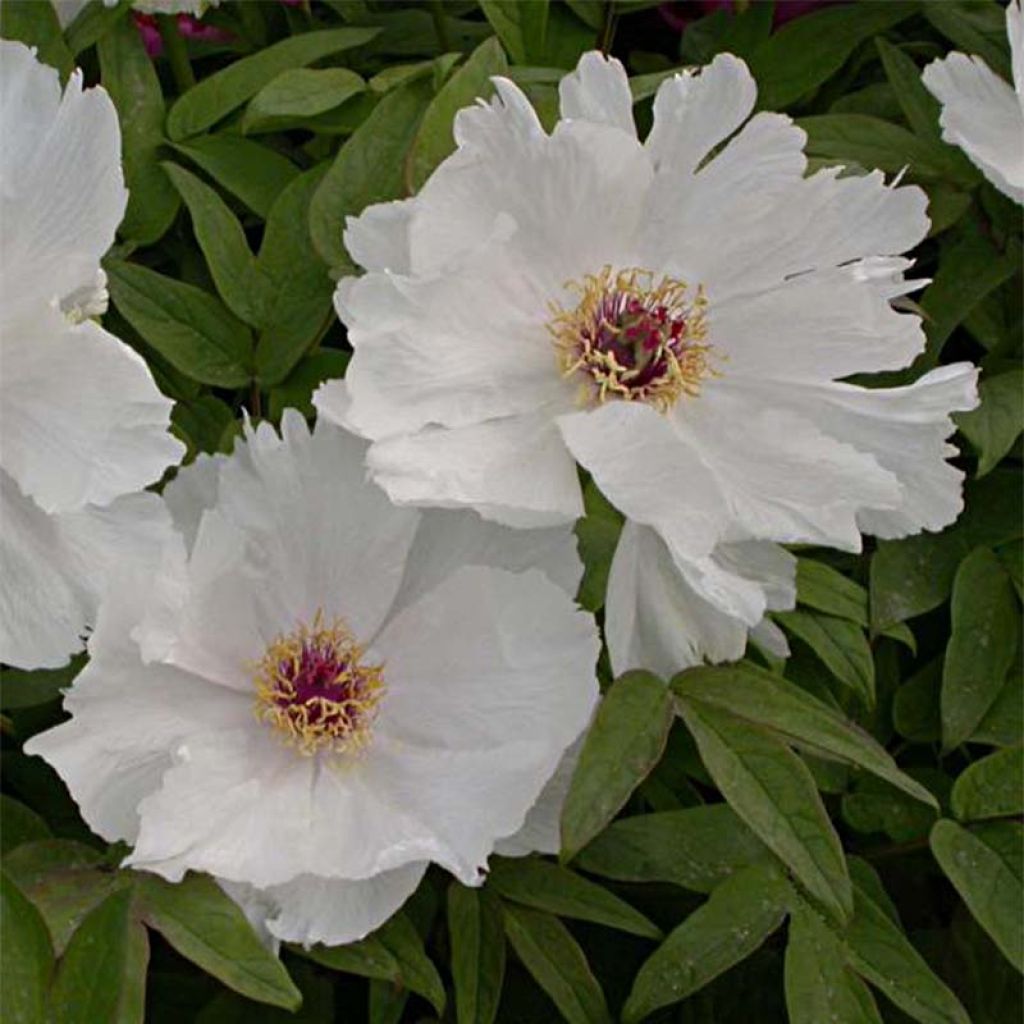

Paeonia ostii Feng Dan Bai - Tree Peony
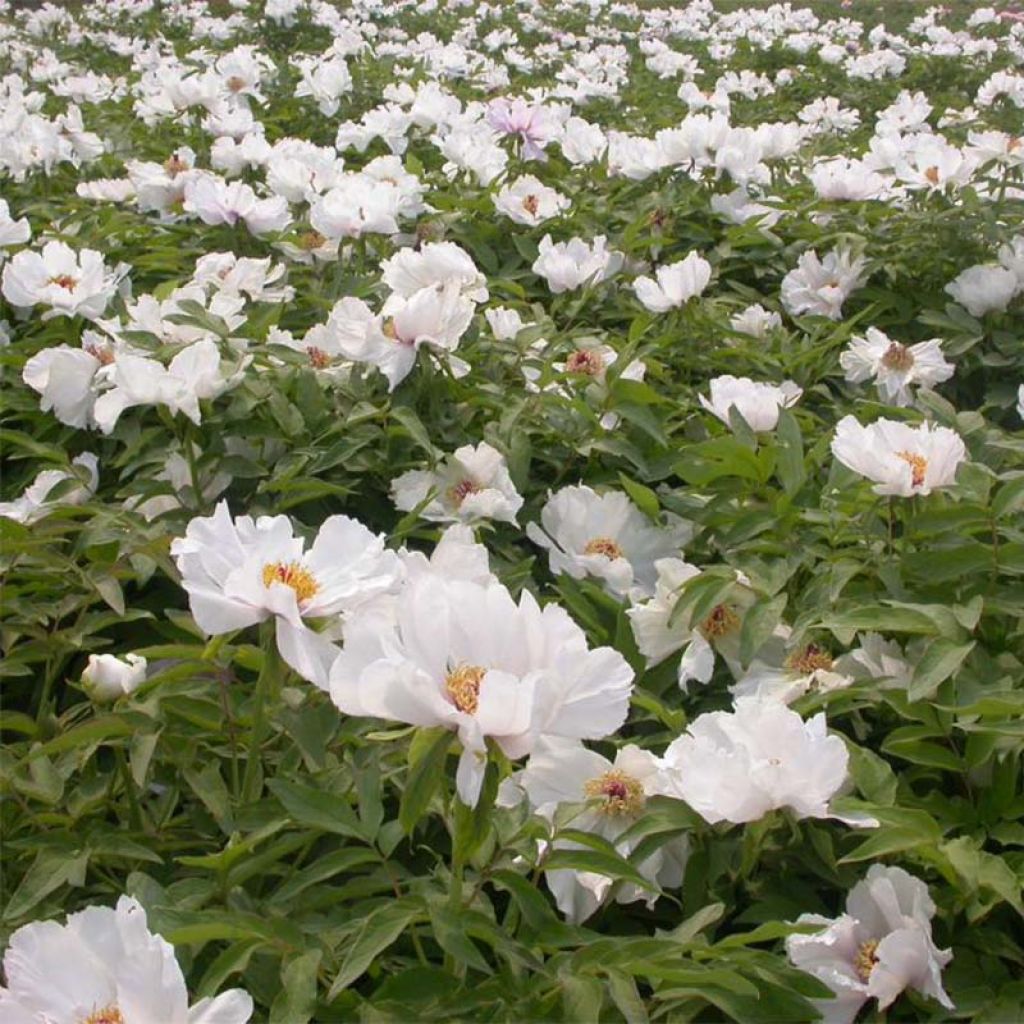

Paeonia ostii Feng Dan Bai - Tree Peony
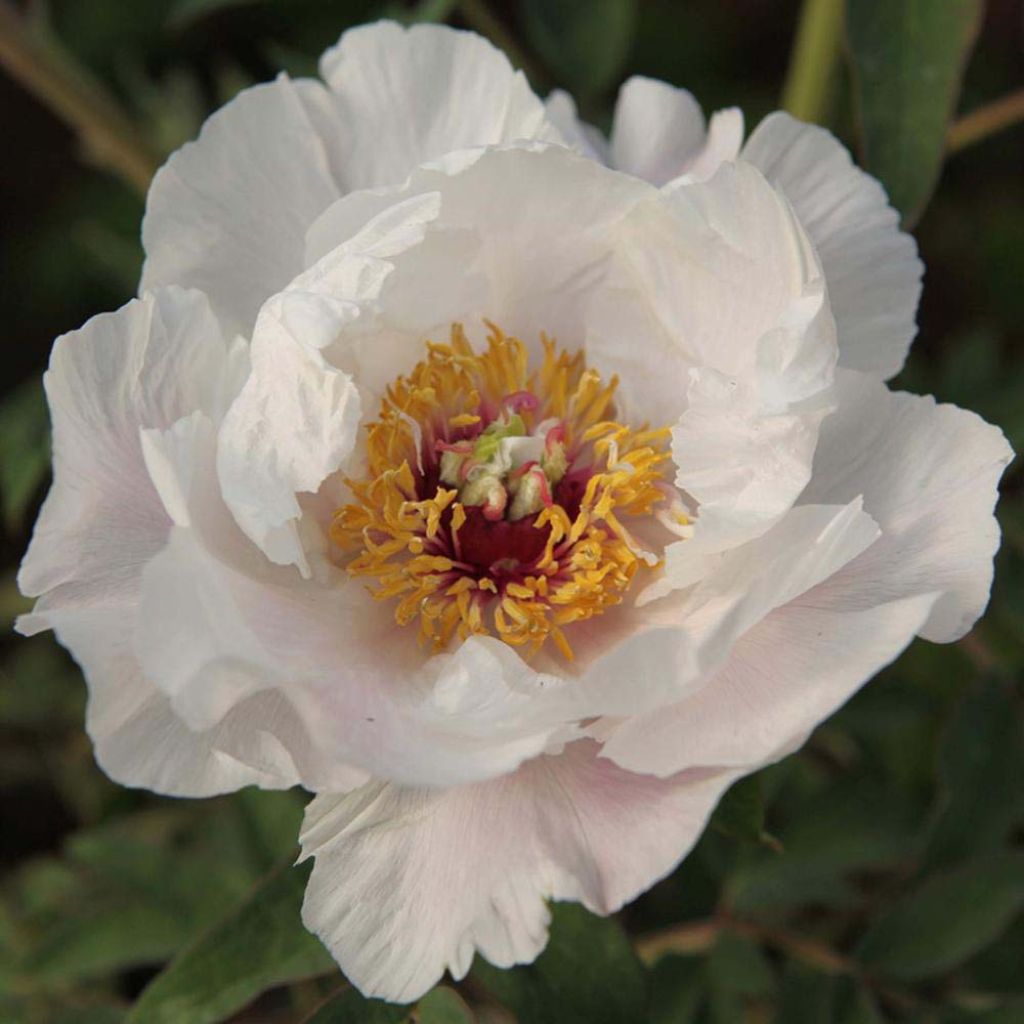

Paeonia ostii Feng Dan Bai - Tree Peony
Paeonia ostii Feng Dan Bai - Tree Peony
Paeonia ostii Feng Dan Bai
Tree Peony
A true marvel! Planted 5 years ago or more, planted facing south in isolation, it withstands the sun and the winters of Isère very well, measuring approximately 130cm (51in). The still closed buds resemble those of roses. This is the second year I have found a spontaneous young plant, while layering has never worked. Limestone soil.
Annick, 06/04/2019
Special offer!
Receive a €20 voucher for any order over €90 (excluding delivery costs, credit notes, and plastic-free options)!
1- Add your favorite plants to your cart.
2- Once you have reached €90, confirm your order (you can even choose the delivery date!).
3- As soon as your order is shipped, you will receive an email containing your voucher code, valid for 3 months (90 days).
Your voucher is unique and can only be used once, for any order with a minimum value of €20, excluding delivery costs.
Can be combined with other current offers, non-divisible and non-refundable.
Why not try an alternative variety in stock?
View all →This plant carries a 12 months recovery warranty
More information
We guarantee the quality of our plants for a full growing cycle, and will replace at our expense any plant that fails to recover under normal climatic and planting conditions.
Would this plant suit my garden?
Set up your Plantfit profile →
Description
Paeonia 'Feng Dan Bai', sometimes marketed as 'White Phoenix', is a different tree peony, particularly hardy and easy to grow in various soil and climatic conditions. It is the most famous descendant of the robust Chinese species Paeonia ostii, whose large white silky flowers, simple and fragrant, are admired from the month of March. This rather fast-growing variety will live for many years without requiring much care. A very old shrub peony, it does not need any description, it is simply admired either as a specimen or at the forefront of a shrub grouping.
The tree peony 'Feng Dan Bai' is a very beautiful variety of Paeonia ostii, formerly known as P. suffruticosa subsp. ostii, first seen in 1992. This botanical species is native to the Chinese province of Henan where it is becoming extinct. In nature, it is mainly found in wooded areas and on slopes among thickets, at an altitude between 700 and 1500 m (2297 and 4921ft). This plant native to the Far East is very cold-resistant and belongs to the family Ranunculaceae. Its vigorous and accommodating roots are widely used as a grafting stock for other varieties of shrub peonies.
'Feng Dan Bai' or 'White Phoenix' forms a sparsely branched bush, with a rounded habit, reaching an average size of 1m (3ft) 30cm (12in) in all directions in a few years. The knotty, brownish and upright branches bear deciduous leaves, which emerge in spring and fall in autumn. They are divided into 11 to 15 long lanceolate leaflets, very smooth, strongly veined, reddish at budbreak, quickly becoming greyish-green to dark green on the upper side, bluish-green below. The autumn colours are often very beautiful, before the leaves fall. The flowering of this variety takes place for 3 to 4 weeks in March-April, it is one of the first shrub peonies to bloom in the garden. A 3-year-old plant will bear a single flower in the first year, but 50 after 20 years of cultivation. It starts with very large solitary buds, green and round, which appear from the end of winter at the tip of the new shoots. They open into upward-facing, single corollas, reaching up to 18cm (7in) in diameter. They are composed of crumpled, white petals, sometimes veined with pink, arranged around a red-tinted centre filled with bright yellow stamens. Their fragrance, with musk accents, is of medium intensity. Its root, like that of its sister 'Feng Dan Fen' with pink flowers, is used in traditional Chinese medicine.
The tree peony is not a plant for impatient gardeners, this beautiful 'White Phoenix' will be appreciated by those who give it 4 to 5 years of good care before witnessing its dazzling flowering from the early days of spring. Few plants can offer a spectacle equivalent to that of a tree peony covered in huge flowers. In the garden, the Feng Dan Bai peony will be sumptuous on its own against a wall, a hedge or in a group, under tall trees, but always protected from strong winds and in a well-ventilated and bright location. Its flowers will be enhanced by those of other peonies (Paeonia tenuifolia) in pink or orange, they will also accompany the double early tulips such as Columbus or Diversen 17th Century. This variety also pairs well with other shrubs or perennials that bloom around the same time such as Prunus triloba Multiplex, Prunus cistena, early garden irises...
Paeonia ostii Feng Dan Bai - Tree Peony in pictures


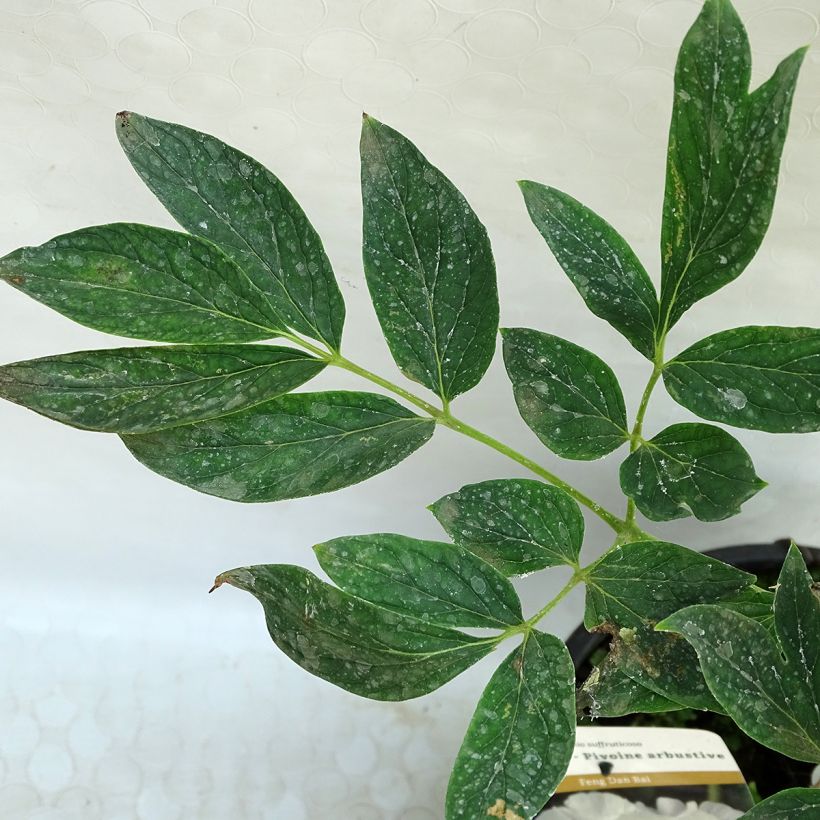



Flowering
Foliage
Plant habit
Botanical data
Paeonia
ostii
Feng Dan Bai
Ranunculaceae
Tree Peony
Cultivar or hybrid
Planting and care
Place the tree peony 'Feng Dan Bai' in partial shade, or in the sun in colder regions. Morning sun is appreciated, especially in hot regions, while scorching situations should be avoided. From September to May, except during periods of frost, plant it in a fertile and deep soil, slightly acidic, neutral or even slightly alkaline, moist but well-drained to prevent root rot. Once well established in deep soil, the tree peony does not require watering in summer, especially early-flowering varieties. Its cold resistance is excellent, but the flower buds can be damaged by strong, dry and cold winds.
Easy to care for, Tree Peonies require little maintenance but deserve careful planting away from competition from the roots of other plants. When planting, dig a large hole 40 to 50 cm (16 to 20in) deep and at least as wide. Fill it with a mixture of garden soil, leaf compost, and river sand or gravel if your soil is very heavy and compact. Add fish, blood and bone fertilizer at the bottom of the planting hole. Do not plant the plants too close together for good ventilation. The graft should be buried about twenty centimetres deep so that the plant gradually becomes self-sufficient. Watering should be abundant but spaced out every 8 to 15 days during the first two years, from March to September. Peonies should not be moved after planting. Avoid pruning unless the base of the plant becomes bare. If that happens, prune at the level of the shoots at the base. Provide a supporting stake for the floral stems and remove faded flowers during the season.
Planting period
Intended location
Care
Planting & care advice
-
, onOrder confirmed
Reply from on Promesse de fleurs
Similar products
Haven't found what you were looking for?
Hardiness is the lowest winter temperature a plant can endure without suffering serious damage or even dying. However, hardiness is affected by location (a sheltered area, such as a patio), protection (winter cover) and soil type (hardiness is improved by well-drained soil).

Photo Sharing Terms & Conditions
In order to encourage gardeners to interact and share their experiences, Promesse de fleurs offers various media enabling content to be uploaded onto its Site - in particular via the ‘Photo sharing’ module.
The User agrees to refrain from:
- Posting any content that is illegal, prejudicial, insulting, racist, inciteful to hatred, revisionist, contrary to public decency, that infringes on privacy or on the privacy rights of third parties, in particular the publicity rights of persons and goods, intellectual property rights, or the right to privacy.
- Submitting content on behalf of a third party;
- Impersonate the identity of a third party and/or publish any personal information about a third party;
In general, the User undertakes to refrain from any unethical behaviour.
All Content (in particular text, comments, files, images, photos, videos, creative works, etc.), which may be subject to property or intellectual property rights, image or other private rights, shall remain the property of the User, subject to the limited rights granted by the terms of the licence granted by Promesse de fleurs as stated below. Users are at liberty to publish or not to publish such Content on the Site, notably via the ‘Photo Sharing’ facility, and accept that this Content shall be made public and freely accessible, notably on the Internet.
Users further acknowledge, undertake to have ,and guarantee that they hold all necessary rights and permissions to publish such material on the Site, in particular with regard to the legislation in force pertaining to any privacy, property, intellectual property, image, or contractual rights, or rights of any other nature. By publishing such Content on the Site, Users acknowledge accepting full liability as publishers of the Content within the meaning of the law, and grant Promesse de fleurs, free of charge, an inclusive, worldwide licence for the said Content for the entire duration of its publication, including all reproduction, representation, up/downloading, displaying, performing, transmission, and storage rights.
Users also grant permission for their name to be linked to the Content and accept that this link may not always be made available.
By engaging in posting material, Users consent to their Content becoming automatically accessible on the Internet, in particular on other sites and/or blogs and/or web pages of the Promesse de fleurs site, including in particular social pages and the Promesse de fleurs catalogue.
Users may secure the removal of entrusted content free of charge by issuing a simple request via our contact form.
The flowering period indicated on our website applies to countries and regions located in USDA zone 8 (France, the United Kingdom, Ireland, the Netherlands, etc.)
It will vary according to where you live:
- In zones 9 to 10 (Italy, Spain, Greece, etc.), flowering will occur about 2 to 4 weeks earlier.
- In zones 6 to 7 (Germany, Poland, Slovenia, and lower mountainous regions), flowering will be delayed by 2 to 3 weeks.
- In zone 5 (Central Europe, Scandinavia), blooming will be delayed by 3 to 5 weeks.
In temperate climates, pruning of spring-flowering shrubs (forsythia, spireas, etc.) should be done just after flowering.
Pruning of summer-flowering shrubs (Indian Lilac, Perovskia, etc.) can be done in winter or spring.
In cold regions as well as with frost-sensitive plants, avoid pruning too early when severe frosts may still occur.
The planting period indicated on our website applies to countries and regions located in USDA zone 8 (France, United Kingdom, Ireland, Netherlands).
It will vary according to where you live:
- In Mediterranean zones (Marseille, Madrid, Milan, etc.), autumn and winter are the best planting periods.
- In continental zones (Strasbourg, Munich, Vienna, etc.), delay planting by 2 to 3 weeks in spring and bring it forward by 2 to 4 weeks in autumn.
- In mountainous regions (the Alps, Pyrenees, Carpathians, etc.), it is best to plant in late spring (May-June) or late summer (August-September).
The harvesting period indicated on our website applies to countries and regions in USDA zone 8 (France, England, Ireland, the Netherlands).
In colder areas (Scandinavia, Poland, Austria...) fruit and vegetable harvests are likely to be delayed by 3-4 weeks.
In warmer areas (Italy, Spain, Greece, etc.), harvesting will probably take place earlier, depending on weather conditions.
The sowing periods indicated on our website apply to countries and regions within USDA Zone 8 (France, UK, Ireland, Netherlands).
In colder areas (Scandinavia, Poland, Austria...), delay any outdoor sowing by 3-4 weeks, or sow under glass.
In warmer climes (Italy, Spain, Greece, etc.), bring outdoor sowing forward by a few weeks.






























